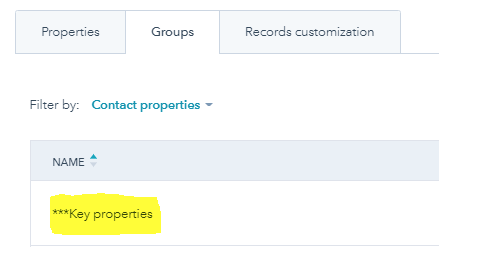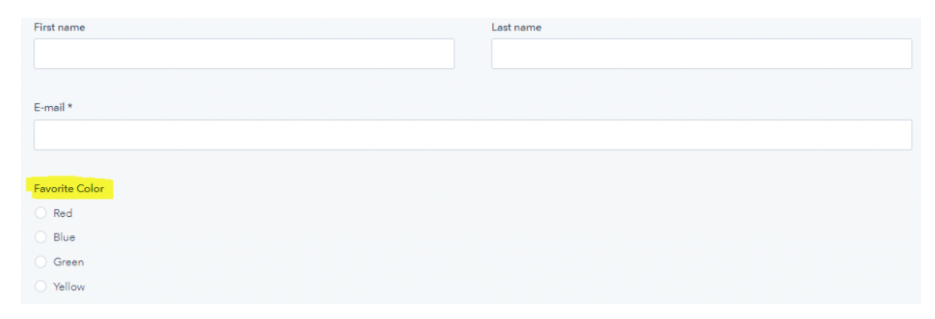I’ve worked as a HubSpot consultant for more than 5 years. During that time, I’ve come to appreciate the importance of data hygiene. In fact, almost every action performed within HubSpot relies on a well-maintained database to run smoothly. Everything from sending newsletters to reporting on revenue relies on having a database that’s “hygienic”. So what is good data hygiene? In my opinion, a CRM with good data hygiene has two attributes.
The CRM has quality data
When I say “quality data”, I’m referring to data that is:
- Actionable - the data can be used for things like creating reports, generating lists or triggering workflows
- Reliable - the method in which the data is collected is reliable. For example, data gathered from a clear and structured process like sales rep inputs v.s. data gathered from a purchased list.
- Up-to-date - the data is constantly updated. For example, data that’s constantly updated via a sync from a connected CRM v.s. data that’s updated quarterly via a mass import.
An example of “quality data” is having a constantly updated list of active customers with date properties identifying the customer conversion date. With these data points you can perform a number of important tasks like triggering customer based workflows, running customer reports or even basic tasks like taking customers off of prospecting lists.
The CRM doesn't have "junk data":
“Junk data” is data that’s not actionable, not reliable, or not up-to-date. Essentially, this is data that provides little or no benefit to your business. Junk data can take many shapes, but there are some common examples I always see within HubSpot:
- Not actionable:
- Properties that will never be used (e.g. the choose your preferred date property that you created for last year's webinar)
- Properties that have the wrong “type” (e.g. the single-line text job title property that contains hundreds of different variations of the the same job title)
- Not up-to-date:
- Old customer records (e.g. that customer list you added months ago that now contain ex-customers)
- Not reliable:
- Contacts added from the HubSpot sales tools (e.g. the auto generated contacts created when sales reps forget to turn-off the “log contact” feature)
- Auto generated companies that are not relevant or already existed (e.g. the auto generated companies that occur when you have the Automatically create and associate companies with contacts option on)
Left unchecked, this junk data can lead to your HubSpot portal becoming unusable. I’ve seen hundreds of HubSpot portals who are so full of junk data that simple tasks are nearly impossible. It can get so bad that even sending out a marketing email can be tricky since there’s no easy way to identify contacts that should be added to the mailing list.
So how can you start catering quality data?
To gather quality data within HubSpot, you must first identify what are your most actionable properties. For example, a company that sells balloons might find that favorite color is highly actionable since it will help identify which color balloons marketing and sales should promote to specific contacts. To keep these actionable properties top of mind, it might be a good idea to create a specific property group within HubSpot where you can keep track of them (see below):

Now that you’ve identified and separated favorite color as a key property, it’s time to start collecting this data in a reliable way. In this case, the best way to collect this property is by asking the contacts themselves, since this property is based on personal opinion. To do this, you can simply start asking for favorite color on form submissions (see below):
 Finally, you want to make sure that this property stays up-to-date. One way to do this is by finding ways to identify when a contacts favorite color has changed. For example, the property favorite color can be updated whenever a contact orders a balloon that’s a different color than was specified in their original form submissions.
Finally, you want to make sure that this property stays up-to-date. One way to do this is by finding ways to identify when a contacts favorite color has changed. For example, the property favorite color can be updated whenever a contact orders a balloon that’s a different color than was specified in their original form submissions.
Although keeping your full or quality data is not easy, it comes with massive benefits throughout your companies marketing, sales and services departments. For example, a database full of quality data can enable your marketing team to be more precise with their marketing efforts. Instead of sending mass emails across the entire database, your marketing team fires off tailored emails based on a contacts interests and demographics.
Leads
Quality data can also help optimize your sales team by allowing them to only go after leads who are ready to begin the sales process. Finally, quality data can help the services department improve their offerings by keeping record of a contacts preferences. Ultimately, putting in the effort to keep your CRM clean and full of actionable information will always pay off in the long run.



